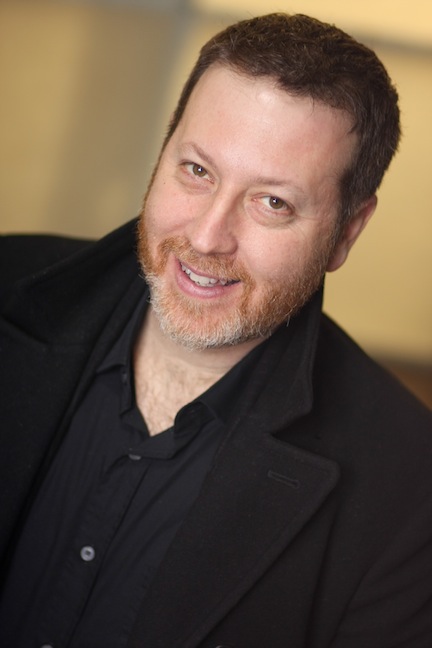Parallels coverge and illuminate, as Bach meets Gordon at Miller Theatre

Brad Lubman led Ensemble Signal in music of Bach and Michael Gordon Thursday night at Miller Theater.
Thursday night’s “Bach, Revisited” concert at Miller Theatre served to remind one of the transparent genius of Bach – not superficial, just absolutely apparent.
The working methods in his prodigious output are plain while the paths are always unpredictable, which perhaps helps to explain why his “revival” has held strong for more than half a century, more so than the moody masters of the generation that followed him.
For this concert, Ensemble Signal explored the architecture of Bach and Bang on a Can co-founder Michael Gordon in a program designed to draw parallels between past and present.
Bach was given the first half of the evening, opening with the Concerto for Harpsichord in G minor, BWV 1058. Conductor Brad Lubman was stationed in the middle of the sextet with the harpsichord across the front of the stage, giving the impression of Zimmermann’s coffeehouse in Leipzig, where Bach may well have presented the same sextet. Although positioned out front, the plucky little harpsichord was nearly buried by the strings (standard quartet plus contrabass) in the Allegro first movement, bringing to mind what mixed ensemble music sounded like at Zimmerman’s and before the pianoforte overtook the Western world. In the softer second movement, however, Kristian Bezuidenhout came to the fore, playing strong lines on the delicate keyboard.
For the Concerto for Violin and Oboe in C minor, BWV 1060, the harpsichord fell in with the strings, letting the titular instruments occupy the front. The molding and reworking of the first movement’s familiar theme was rich and exquisite in the ensemble’s hands while the slow dance of the second and the enticing back-and-forth of the third underscored that this was, in its day, social music.
The modern second half of the concert was immediately manifest. Electric keyboard, not harpsichord, opened Gordon’s Dry (from 2013) and an electric guitar set the pulse before the trombone made the first suggestion of counterpoint.
But the similarities ran deeper than the differences. Like Bach, Gordon writes music that is transparent but unpredictable. But where Bach fragments melody lines, Gordon fractures meters and then uses the rhythms like bricks. Dry built an impressive wall of varying counts, with only the trombone refusing to fall into step, and then pushed on to build several more behind that one. Fantastic keyboard and alto flute trills against strings (electric and acoustic) plucked in unison defined the single movement. If the listener couldn’t keep track of everything that was going on, what was being done still was plainly evident.
The 2014 composition Hyper proved well named. A modulating piano line was punctuated by acoustic guitar (putting a single, abrupt strum at the end of every line) as violin, then vibraphone, then clarinet, cello, flute and finally contrabass began mirroring parts of the piano’s continuous roll. The piece may have been a bit closer to another structuralist, Philip Glass, than it was to Bach, with its quick repetitions and slow evolution. Indeed the precise and abrupt shifts across the ensemble may have made it the most demanding of the four pieces the air-tight Signal played. The round robin eventually morphed into layers, becoming a dense weave by the conclusion.
Upcoming installments in the long-running “Bach, Revisited” series include pairings with Helmut Lachenmann (a structuralist of a very different sort) and the sublime Sofia Gubaidulina, both also performed by Ensemble Signal. As with Thursday’s Bach meeting with Gordon, the series always promises – and delivers – heady enjoyment.